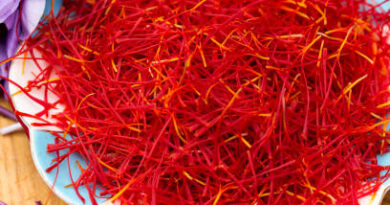Saffron cultivation is believed to have been introduced in Kashmir by Central Asian immigrants around the 1st Century BCE.
Uniqueness: The features which differentiate it from other saffron varieties available the world over are:
Uses:
The benefit of the tag: With the GI tag, Kashmir saffron would gain more prominence in the export market.
- Health benefits of saffron
- How To use saffron in milk/how to prepare saffron milk for pregnant ladies


